13 Gruesomely Good Horror Novels for Halloween
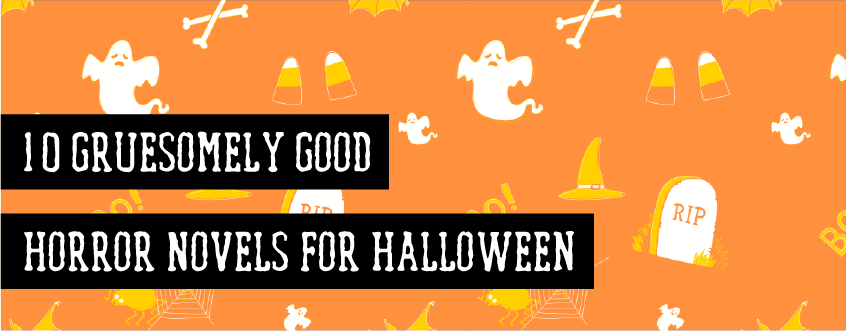
October is a month for all things ghastly, ghoulish, and, well, just plain weird. If you want to really get into the Halloween spirit, there are plenty of spine-tingling horror novels sure to spook the living daylights out of you. Do you want to know what they are? Ah, you are a brave reader, aren’t you?
But beware, fair reader.
These books have been known to drive perfectly sane men into the madhouse.
We cannot take any responsibility for the nightmares you may experience after perusing these bloodcurdling books. Below you will find thirteen of the best horror novels ever concocted by man’s mad mind. This list includes some Gothic classics as well as a few modern novels of wicked delight. Read on, if you dare.
1. Dracula (1897)
Every list of classic horror novels must include this fantastic work by Irish novelist Bram Stoker. Although you may think you know the tale of Count Dracula inside and out, there is no better way to get acquainted with this blood-sucking beast of man than to read the novel that inspired it all.
Many people are surprised that Dracula is actually told in epistolary form, with various logs, diaries, letters, and newspaper clippings. The main story, of course, tells of Count Dracula’s attempted escape from Transylvania to England and Professor Abraham Van Helsing’s battle with the vampire. This classic of English literature heroically stands the test of time, and it is definitely worth a read this Halloween season.
Fun fact: Have you seen the 1922 classic silent film Nosferatu? If so, you may be surprised (or not, actually) that the makers of Nosferatu were sued by Bram Stoker’s widow for copying Dracula without authorization. See the similarities for yourself:
2. The Haunting of Hill House (1959)
Those who love supernatural thrillers will love this novel by Shirley Jackson. The novel tells the story of four different people exploring the legend of the haunted mansion known as Hill House.
Dr. John Montague, a man very interested in looking for evidence of the supernatural, rents this home and invites a few guests who have some experience with ghostly visitations. The other guests who decide to stay with Dr. Montague are Elenor Vance, a reclusive woman; Luke Sanderson, the heir to the Hill House; and Theodora, an artist. The Haunting of Hill House is still considered by many horror writers to be one of the best in the haunted house genre.
3. Frankenstein (1818)
This Victorian novel was famously written by Mary Shelley as a part of a competition led by Lord Byron. Byron wanted to see who could write the scariest horror story, and Frankenstein was Mary Shelley’s contribution to the contest. The text, which tells the tale of the mad Dr. Frankenstein and his obsession with bringing the dead back to life, was actually inspired by a dream Shelley had.
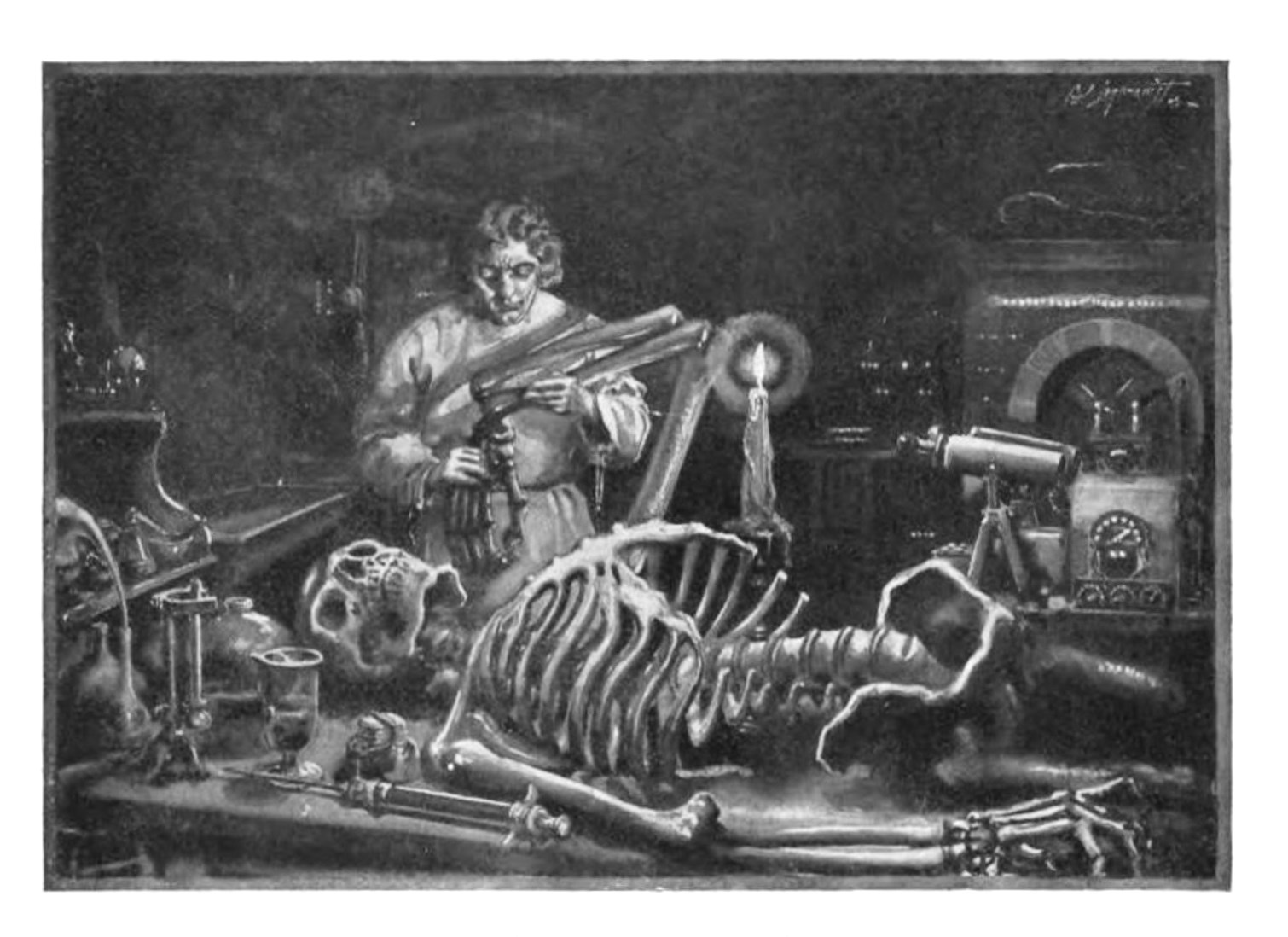
By Mary Wollstonecraft Shelley – Google books, Public Domain Wikimedia Commons
Shelley was only 18 years old when she started work on this classic of the horror genre, and it was first published when she was nineteen. Filled with emotion, this novel still manages to communicate important messages concerning the dangers of scientific exploration unchecked by the humanities.
4. It (1986)
No list of horror books would be complete without at least one Stephen King novel. Whether you agree or disagree with the opinion, King is hailed around the world for writing some of the best horror novels in modern times.
It is one of King’s most acclaimed works, containing all the major themes (e.g., memory, childhood, trauma) that fill this famous American author’s oeuvre. The novel tells the tale of several suburban kids who are constantly terrorized by a monster only known as “it.” Some people consider this novel to be the scariest and richest of all King’s novels. If you’re afraid of clowns, this novel is sure to keep you up all night long.
5. Child of God (1973)
This early novel by American author Cormac McCarthy is worthy of a place in the Southern Gothic canon. McCarthy’s well-known Biblical prose is on display here, as well as his penchant for gory descriptions.
Child of God is the story of a Tennessee outcast named Lester Ballard who becomes a cave-dwelling necrophile and a murderer over the course of this story. Although not as popular as The Road, No Country For Old Men, or Blood Meridian, this novel is a truly chilling tale told by a master stylist.
6. The Private Memoirs and Confessions of a Justified Sinner (1824)
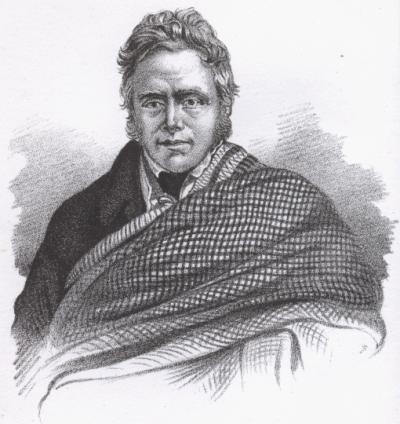
Via Wikimedia Commons, Public Domain
This strange novel by James Hogg, a Scottish writer, continues to bewilder readers with its various unreliable narrators and points of view. The main story concerns a boy named Robert who is persuaded by Satan to kill people all around Scotland. Robert is constantly assured that elect people cannot go to hell, no matter what they do on this earth.
Obviously, this book has some gripes with Calvinist dogma, but it would be a mistake to see this novel simply as a religious polemic. This book is packed with psychological depth, real horror, and deep philosophical questions. Indeed, many readers walk away from this text wondering if “Satan” was really just a voice in Robert’s head. If you are looking for an underrated classic to check out, this complex horror novel is a perfect choice.
7. The Mysteries of Udolpho (1794)
Jane Austen fans may recognize this novel’s title even if they have never read it before. That’s because The Mysteries of Udolpho was a major inspiration for Austen’s early novel Northanger Abbey. But this classic Gothic novel, written by Ann Radcliffe, is not just a museum piece. This novel still holds great power even for contemporary readers.
The story focuses on an orphan named Emily St. Aubert, who is forced to live in a dreary medieval castle with her aunt. This novel really shines in Radcliffe’s psychological depiction of Emily as she deals with issues both in this world and, perhaps, in the world beyond.
8. The October Country (1955)
Amongst many other things, Ray Bradbury was very well respected short story writer. The October Country collects all of Bradbury’s best Gothic short stories. Some of these tales, like “The Lake” and “The Emissary,” expertly explore the issues of remembrance, loss, and childhood.
You can listen to the entire collection, shared by Sci-Fi Audiobooks Collection YouTube (though fair warning: it’s eight hours long):
The horror stories in The October Country have a great reputation with horror writers. Indeed, even Stephen King said that this book is, “The Dubliners of American Gothic.” With a statement like that, how could you ignore this short story collection?
9. House of Leaves (2000)
Mark Danielewski’s first novel, House of Leaves, has both fascinated and puzzled readers ever since it was released. This massive 700-page book has been called many things, including a horror story, a love story, and even an extended critique of academia.
Basically, House of Leaves tells two tales. The first story is of Johnny Truant, a tattoo artist who stumbles upon the description of a documentary called “The Navidson Report.” The other story is the actual report, which details one of the strangest haunted houses ever. Danielewski loves to use footnotes, footnotes on footnotes, one-word pages, words turned upside down, and many more wild and wacky techniques to make readers feel like they are losing their minds. Fans of David Foster Wallace will really appreciate this novel.
10. The Woman in the Dunes (1962)
Kōbō Abe was a great modern Japanese author, and this novel is one of his most spectacular.
This particular novel tells the story of an entomologist, named Jumpei Niki, who misses his bus home after collecting bugs a fishing village. He later finds rest at a house located in the dunes. Niki later realizes that these villagers intend to keep him working on the dunes for the rest of his life alongside a strange woman. Fans of Albert Camus, Yukio Mishima, and Franz Kafka will find a great deal to admire in this novel.
Two years after the novel, Abe wrote the script for the film adaptation of The Woman in the Dunes:
11. Beloved (1987)
This Pulitzer Prize-winning novel instantly made Toni Morrison a household name across America. However, whenever someone suggests classifying this novel within the horror genre, critics get squeamish. No matter how much critics believe it tarnishes this novel’s reputation to place it in the horror genre, Beloved is without a doubt one of the most powerful ghost stories in modern fiction.
Beloved follows Sethe, an escaped slave living in a haunted Ohio home in 1873. A few days after Sethe and another former slave, named Paul D, believe that the ghost has vanished, a mysterious girl appears. This girl’s name is Beloved. Very soon, Beloved starts to reveal things about Sethe’s dark past, unleashing great chaos and pain into the present.
Watch Toni Morrison discuss the process of writing Beloved:
Whether academia officially recognizes Beloved as one of America’s classic horror novels or not, this novel will continue to haunt countless generations of future readers.
12. H.P. Lovecraft: Tales
It’s clear that H.P. Lovecraft was a strange man. His brief life, dating from 1890-1937, was quite uneventful. His fiction, however, is full of horrifying imagination. Giant tentacles. Aliens. Haunted homes. Indeed, Lovecraft invented an entire mythology of alien creatures in his later fiction.
Although he was not much appreciated during his lifetime, Lovecraft’s posthumous fame has only blossomed over the years. His many short stories like “The Call of Cthulhu,” “At The Mountains of Madness,” and “The Shadow Out of Time” are considered classics of both horror and sci-fi. These masterful short stories have even earned the respect of the Library of America, which now publishes all of Lovecraft’s most famous tales in a handy collection called H.P. Lovecraft: Tales.
13. The Castle of Otranto (1764)
This Gothic novel by Horace Walpole will always be revered, remembered, and read. Why? Well, this was the very first Gothic novel ever written. Everything that follows in the long Gothic and horror tradition stems from this little book. Gloomy castles. An exotic Italian setting. Curses. Murder. Medieval knights. Ancient prophecies.
If you’re interested in seeing where the Gothic tradition began, you need to read through this 18th century treasure. Although it may have lost some of its luster with age, this book’s influence on future Gothic and horror novels can never be diminished. (For a quick recap on the Gothic genre, check out our old post on how Gothic literature began.)
Put Your Favorite Horror Novels on Display
At Books on the Wall, we love classic horror novels. For your spooooooky delight, check out our full-text posters of Dracula and Frankenstein and the works of Edgar Allan Poe:

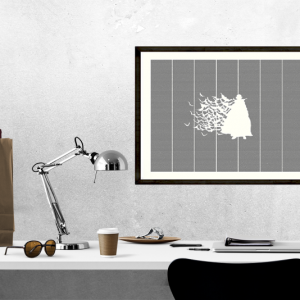


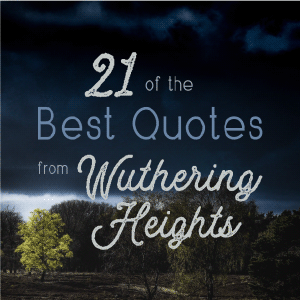
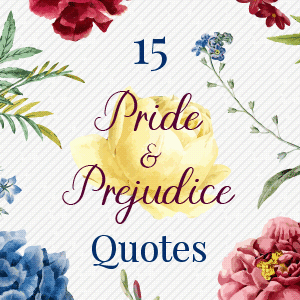
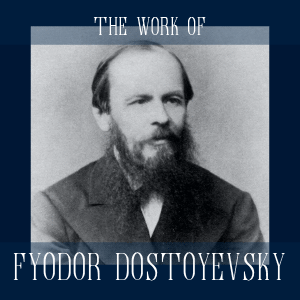
Leave a Reply
Be the First to Comment!